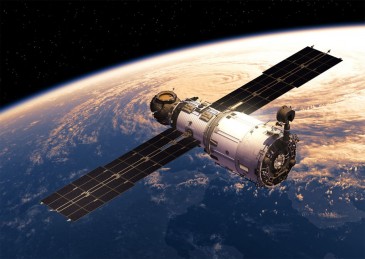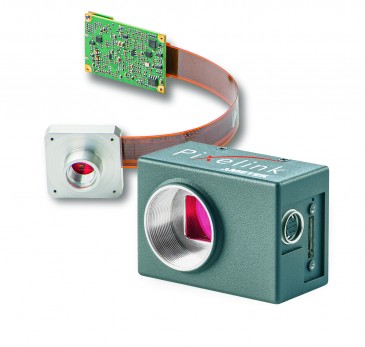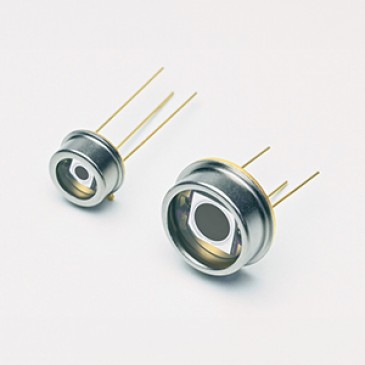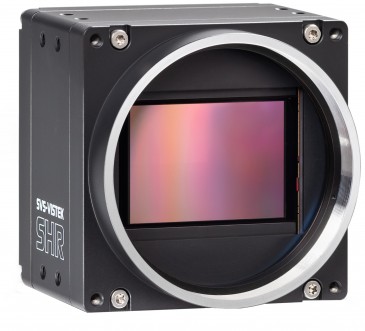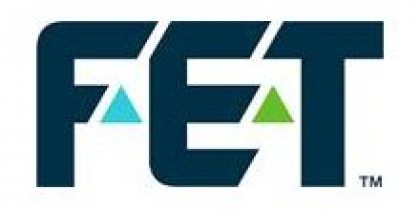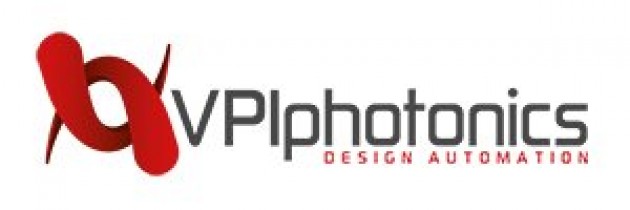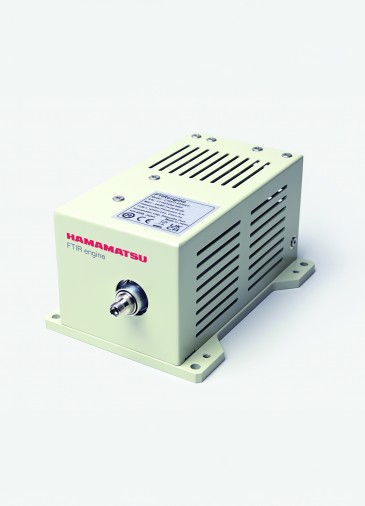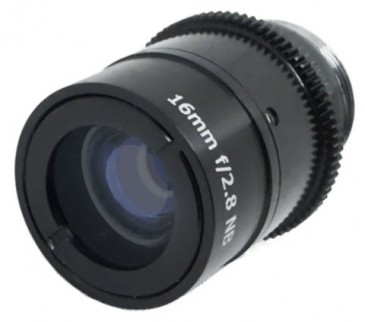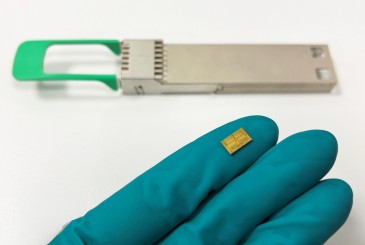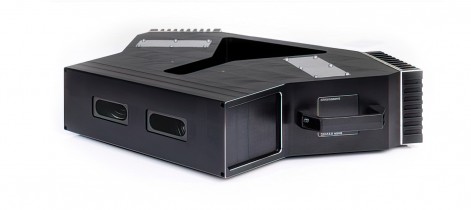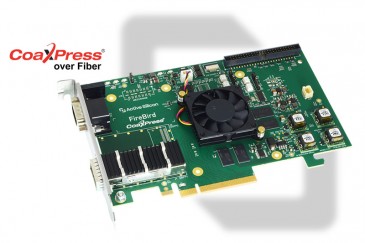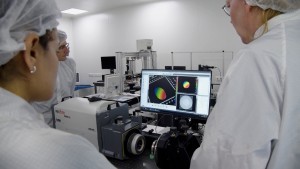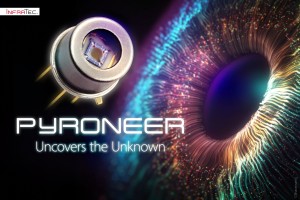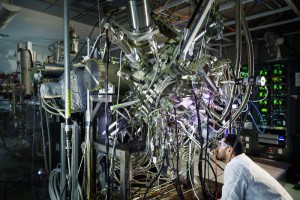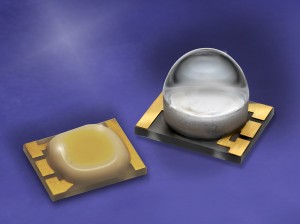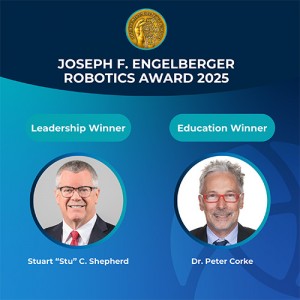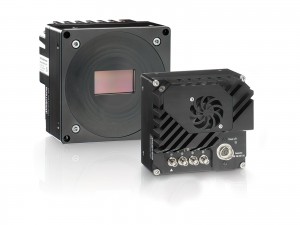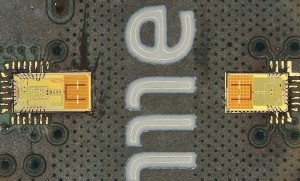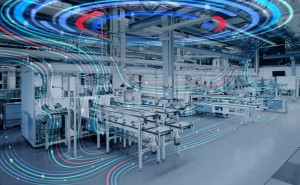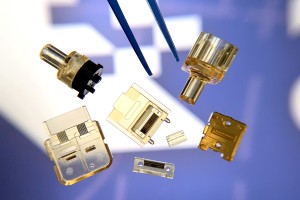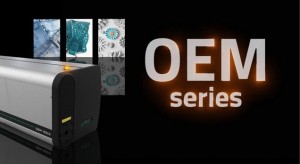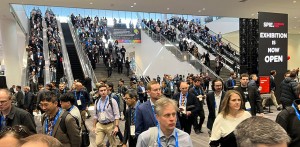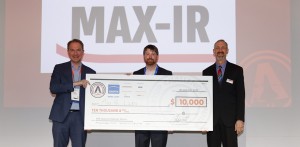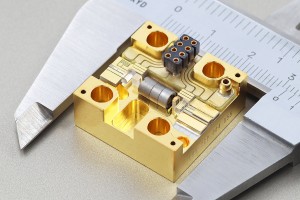Lasers are used to mark an extremely diverse range of products, such as food packages, semiconductor wafers, identification cards, electrical wires, medical products and signs. Most of these applications are serviced by Q-switched, diode-pumped, solid-state (DPSS) lasers with nanosecond pulsewidths, CO2 lasers or fiber lasers. Often these applications are highly cost sensitive, in terms of system cost and cost per mark. However, there is an emerging class of "high value" marking applications, typically involving more stringent process requirements on more expensive products, which cannot be performed with the aforementioned lasers, and which justify the use of an inherently more sophisticated and costly laser source such as a picosecond pulsewidth laser.
Minimizing heat damage
Laser marking is the process of inducing a color change in a surface, or producing a macroscopic change in surface relief (e.g., engraving), or texture that is easily visible. This photothermal process usually produces a "heat affected zone" (HAZ): an area surrounding the mark in which material is thermally degraded. For the vast majority of laser marked products, this HAZ doesn’t represent a significant problem.
With a picosecond laser, the laser processed material is removed in such a short timeframe that the vaporized material carries away any heat before it can spread.
However, in some applications, even a small HAZ can degrade product functionality or aesthetics, and cannot be tolerated. There are two different approaches that largely eliminate the HAZ. One method is to use a laser with output in the ultraviolet. An even better approach uses laser pulses in the picosecond domain or shorter. Here the high peak fluence drives multiphoton absorption stripping electrons from the material, which then explodes away because of Coloumb repulsion in a relatively cool process. Also, the laser processed material is removed in such a short timeframe that the vaporized material carries away any heat before it can spread.
Picosecond processing delivers a smaller HAZ and enables greater precision than longer-pulsed or continuous wave lasers. On the other hand, picosecond lasers provide lower material removal rates and are more costly than many other laser sources. As a result, picosecond processing is typically reserved for marking applications that demand the greatest possible precision, quality and smallest HAZ.
There are two main commercial technologies for reliably generating picosecond regime pulsewidths. The first is the q-switched, diode-pumped, solid-state (DPSS) laser, where miniaturizing the cavity length can bring pulsewidth down into the 500 ps range.
Even shorter pulses are obtained by modelocking a solid-state or fiber laser. The naturally high repetition rate (10’s of MHz) is then stepped down, and the slower pulse train is sent through one or more amplifiers. This raises the peak power level of the pulses to a level high enough to allow for material removal or transformation at market enabling rates.
High value marking applications
So called "black marking" is a technique used by a manufacturer of tablet computers to place text and serial numbers on the anodized aluminum case.
Specifically, the picosecond laser is focused so that beam waist occurs below the surface of the aluminum, and only at this point of focus is the laser intensity high enough to drive multiphoton absorption. The laser creates a microstructure within the aluminum that traps light, and therefore appears black, while the overlying aluminum oxide anodization layer remains clear and unchanged. The result is a high contrast mark that does not wear off and which is also smooth to the touch.
For the manufacturer, this marking delivers two significant benefits that justify its cost. First, it creates a mark that is extremely difficult to counterfeit or alter. Second, this type of marking has a distinct and pleasing appearance and feel, which helps the manufacturer to maintain their brand image of high quality and superior styling.
The automotive industry also performs high value marking to place bar codes on certain parts, particularly, those which are expensive, and are most subject to failure such as those that that operate at high speeds. The marks, which can contain serial numbers or lot numbers, provide traceability, enabling the manufacturer to track how changes in their own production processes affect product lifetime and reliability, and therefore refine their methods.
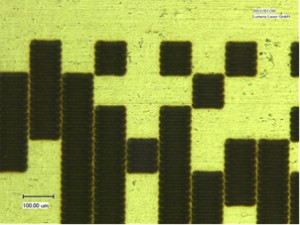
The imperatives in this case are that the mark does not affect part performance in any way, and also that it does not become illegible due to part wear in use. This is an excellent match for the capabilities of picosecond laser marking, because it can produce marks that involve either a color change or a slight alteration in surface relief, essentially without any HAZ.
Marking on sapphire
A final example of high value marking is producing bar codes and other marks on the sapphire wafers used as substrates in the production of high brightness LEDs. These are typically lot numbers and other identifying information placed on the sapphire after LED structures have been created, i.e., after a significant amount of cost has been built into the substrate. The major challenge here is to produce easily readable marks while having no negative impact on the surrounding circuit structures. But, this is difficult because sapphire is both extremely hard and also transparent at most laser wavelengths.
In the past, some sapphire marking has been performed with nanosecond lasers, but the quality is less than optimal, and these lasers can produce microcracks in the substrate. But marking with a near-IR output picosecond laser now solves both these problems, and results in marks with excellent surface and edge quality, sharp detail in the marks and an absence of peripheral damage and re-cast material.
Written by By Dirk Müller, Ph.D., Director of Product Line Management, and Oliver Haupt, Senior Product manager at Coherent.







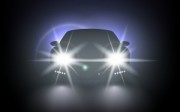


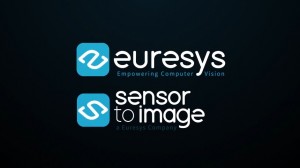
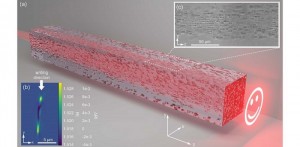
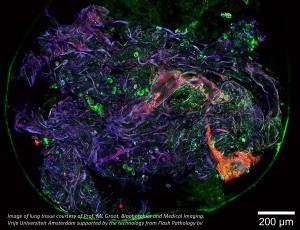

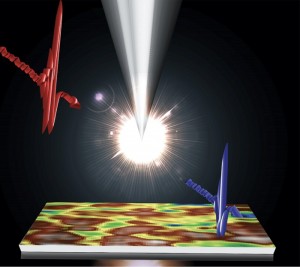

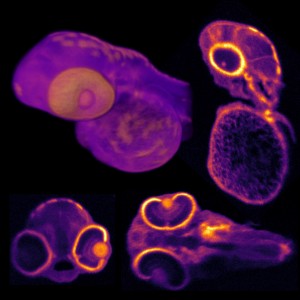
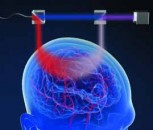
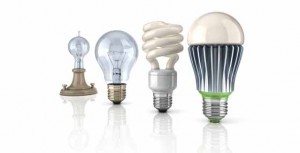
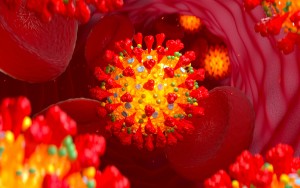















 Back to Features
Back to Features
